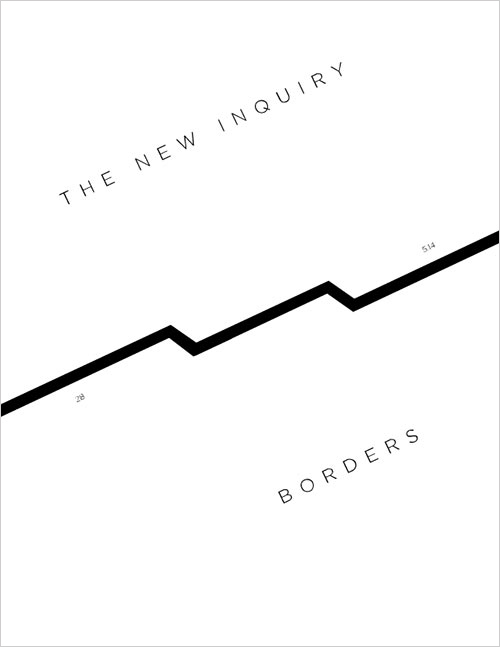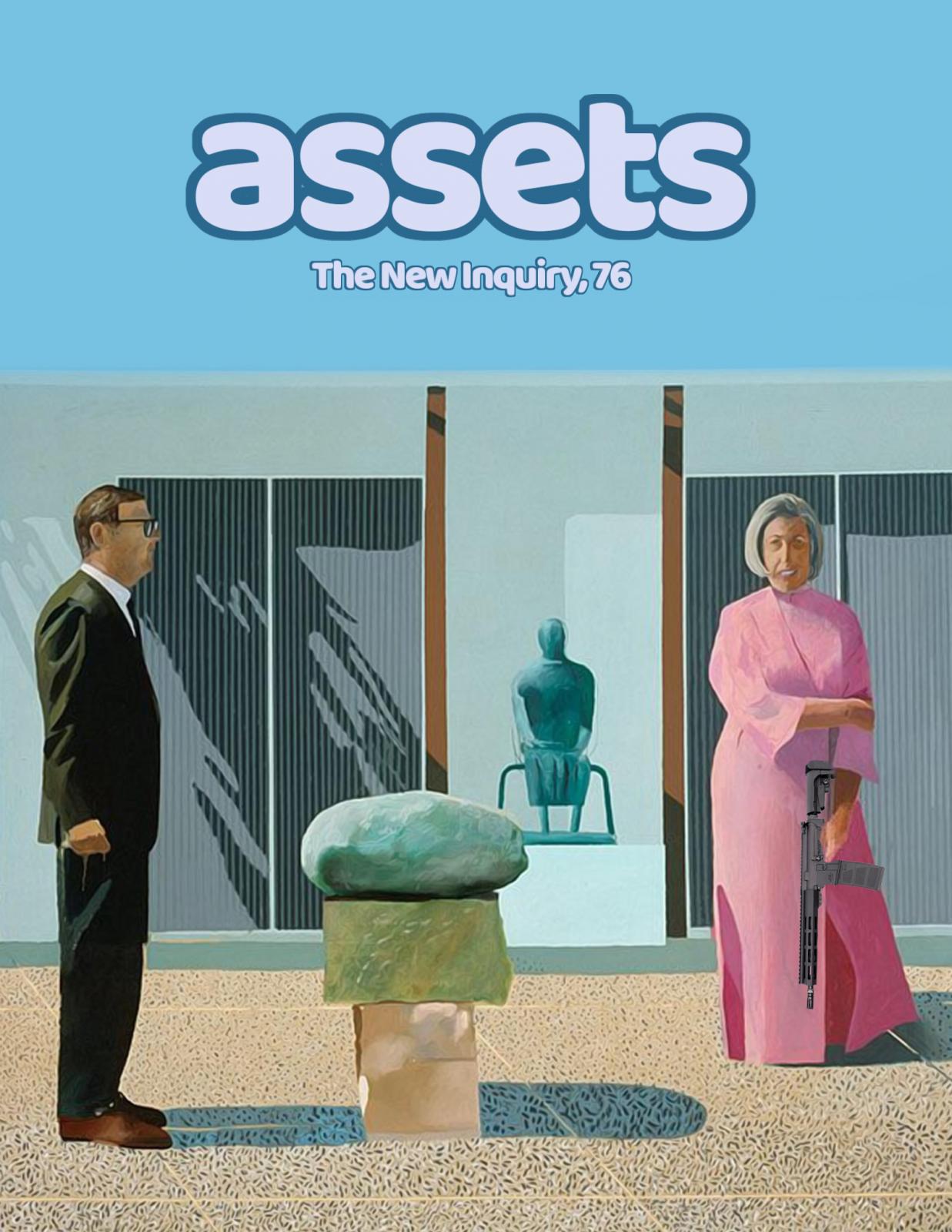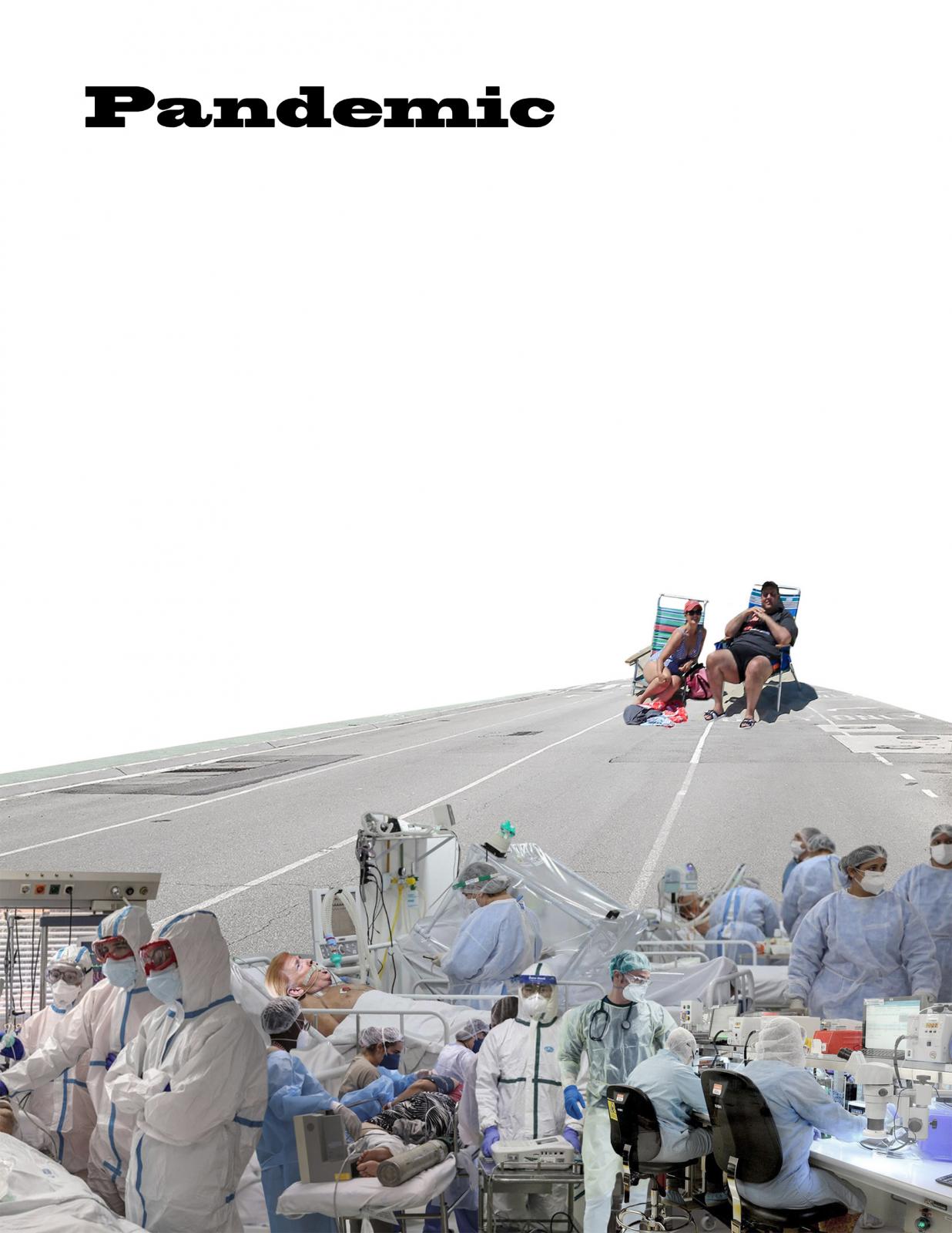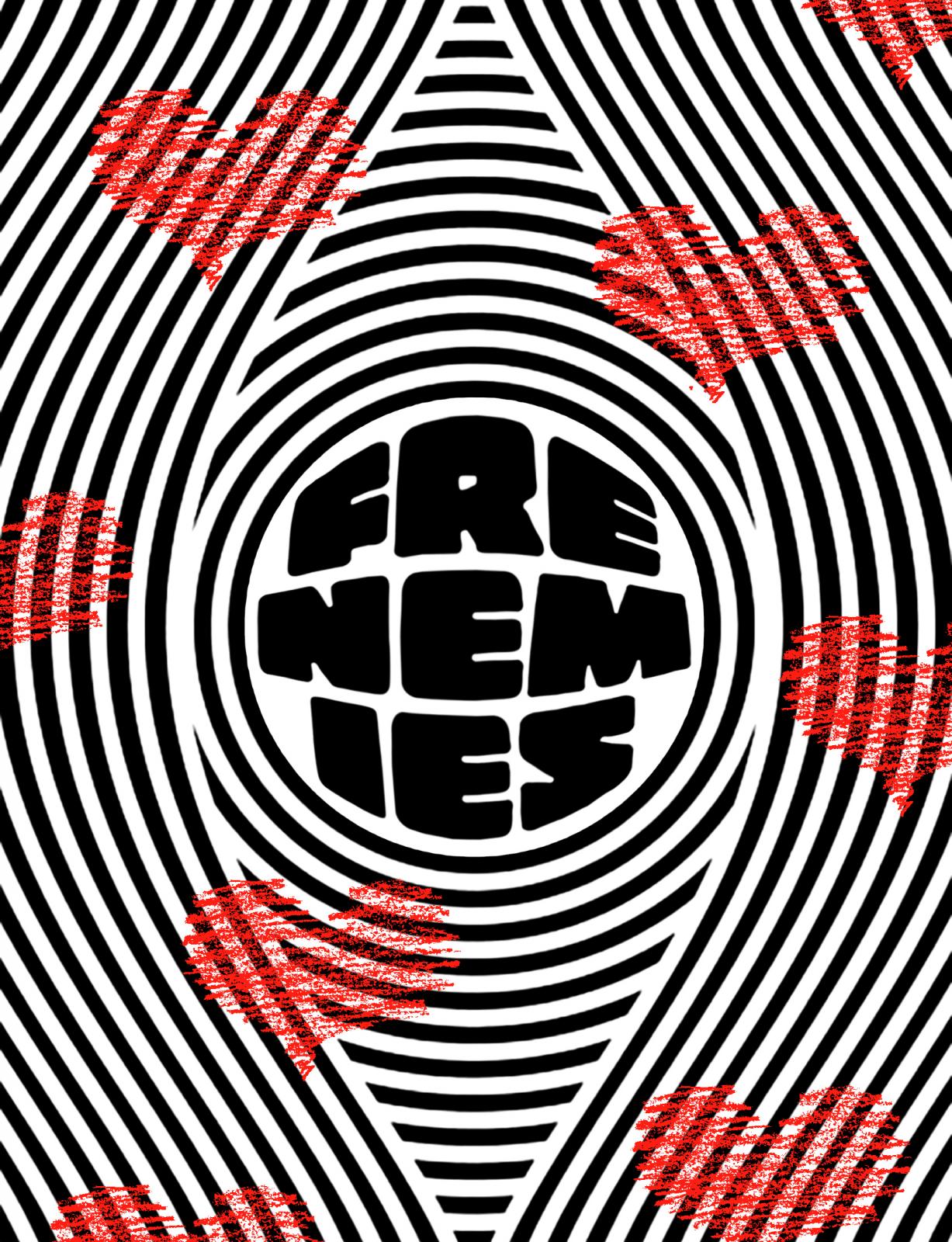Borders
Editors' Note
When an airplane disappeared en route from Kuala Lumpur to Beijing, foul play was suspected almost immediately: How else could an international passenger jet carrying more than 200 people vanish into thin air? The speculation only intensified when it was reported that two of the passengers were Iranian citizens traveling on stolen European passports. Media commentators spouted conspiracy theories that the two must surely have hijacked the plane, driving it into the ocean in an act of terrorism. It was assumed that the two men had good reasons to hide their real identities before boarding the plane.
The two passengers did, in fact, have good reasons to hide their identities. They needed to pass as citizens of another country to travel freely and navigate borders that were closed off to them and most of their countrymen but not to citizens of wealthy first-world nations. (The stolen travel documents in their possession were, naturally, first-world.) The Austrian and Italian passports would have allowed these men to ambulate without visas—and in the case of one of the youth, reunite with his mother in Germany and request asylum.
The Malaysia Airlines Flight 370 incident occurred just weeks after an Ethiopian pilot hijacked his own plane, not to blow it up but to veer off course and ask for asylum in Geneva, Switzerland. The pilot was unarmed. He climbed out of the cockpit with a rope, announced himself as the hijacker, and proceeded to self-surrender to the police. Ethiopia announced it would seek extradition. The pilot said he could not return for fear of persecution.
A scant few weeks later, a 16-year-old boy was found in the wheel well of a plane flying from California to Hawaii. He survived an unprecedented feat of staying alive through sub-zero temperatures and severely limited oxygen, unharmed and undetected. He told authorities that he had seamlessly bypassed the airport security apparatus—by scaling a fence.
It’s no wonder that borders figure so centrally in the dominant news stories of the day, and transfix our attention like few other public spectacles to the detailed complications and anxieties they pose. Borders do, however, shape more than just geopolitics: they hold the power to transform the motives and consequences of our lives. They exist unapologetically through baseless contradiction: insurmountable, yet deeply arbitrary. They are the shared provenance of all states, whether liberal, totalitarian, settler-colonial, or fascist. They’re the embarrassing common denominator par excellence, limiting, regulating, and controlling precious commodities of human endeavor, such as mobility, flow, and circulation. But like all commodities their bounty for some spells scarcity for others.
“Borders?” the Norwegian explorer Thor Heyerdahl exclaimed. “I have never seen one. But I have heard they exist in the minds of some people.” From the tightly micro-managed and surveilled spaces of airports to the no-man’s-land sites of barbed wire and seam zones, border practices instill concrete and pictorialized reminders of the imaginations of the world’s masters. The writers in this issue traverse multiple meanings of the term, illuminating fields of experience from borders and social arrangement, borders and representation, and borders and language. They intimate who is being secured by and from whom, and what strategies of recuperation and reclaim might lie in wake of that securitization.
Borders constitute more than dividing lines. As Jenna Loyd writes in her essay on U.S. deterrence policy, “Border operations are performative.” Liberal states especially prize the decoys and covers this performance affords.
Steven Salaita’s review of The Battle for Justice in Palestine perceives contemporary colonialism’s “discrepancy between image and action, PR and reality,” linking Zionism’s settler ethos to the frontier strategies of the United States.
Manifest destiny hasn’t expired. Nor has its walls, poised to keep distribution unequal and social mixture nonthreatening. As Kelli Korducki writes, a few stars—chiefly the late Selena—burned nearly bright enough to disrupt the NAFTA mandates.
Michael McCanne delves into inter-state boundaries that are legally indeterminate or undecidable. “Empty zones” are in fact heavy with human and animal life. As spatial exemptions that prove the sovereign rule, these shells mold the interiors of nation-states.
McCanne finds a purported empty zone between the villages of Daeseong-Dong, South Korea, and Kijong-Dong, North Korea. Joseph Nevins stumbles upon an absurdist scene on the wall between neighboring Jacumba, California, and Jacume, Mexico, posing the question of whether the ongoing production of 20th century “human filters” forecloses radical possibilities in the 21st century.
Swiss artist Christian Marclay’s film splicing scenes from Indian cinema shot in Gstaad, Switzerland behaves like a human filter of its own, Rahel Aima argues. Indians are allowed to be a part of the landscape but never belong to it. In Marclay’s border-switching supercut (which shares an intimate wink with the viewer, but never the Indian subject) Aima finds a “resoundingly reductive ‘they’ in what amounts to a sanitized ethnography.”
Networked borders may strike some as a contemporary phenomenon, but as geographer and historian Shane McCorristine, interviewed by Courtney Stephens, recounts, women clairvoyants of the 1800s traveled psychically to foreign lands, and their magnetic powers were even consulted in the event of adventurers gone missing in British Admiralty territory.
How different is difference? Ross Perlin reviews the Dictionary of Untranslatables, a compilation of political, literary, and philosophical terms (despite the volume’s title, or in spite of it, it was recently translated from French into English).
Karla Cornejo Villavicencio examines the afterlives of citizenship and belonging at an unlikely junction: a cross-border corpse repatriation business, with a foothold in the drug-torn 1980s in Colombia, based out of Jackson Heights, Queens. Not even death frees the bodies of the disenfranchised.
Featuring
-
Vol. 28 Editors’ Note: Borders
-
The Magnetic North
-
One If by Land, Two If by Sea
-
Insuring the Dead
-
No Man’s Land
-
Dreaming of NAFTA
-
Philosophers of Babel
-
Christian Marclay Goes to Bollywood
-
The Will to Wall
-
Decolonizing Israel





